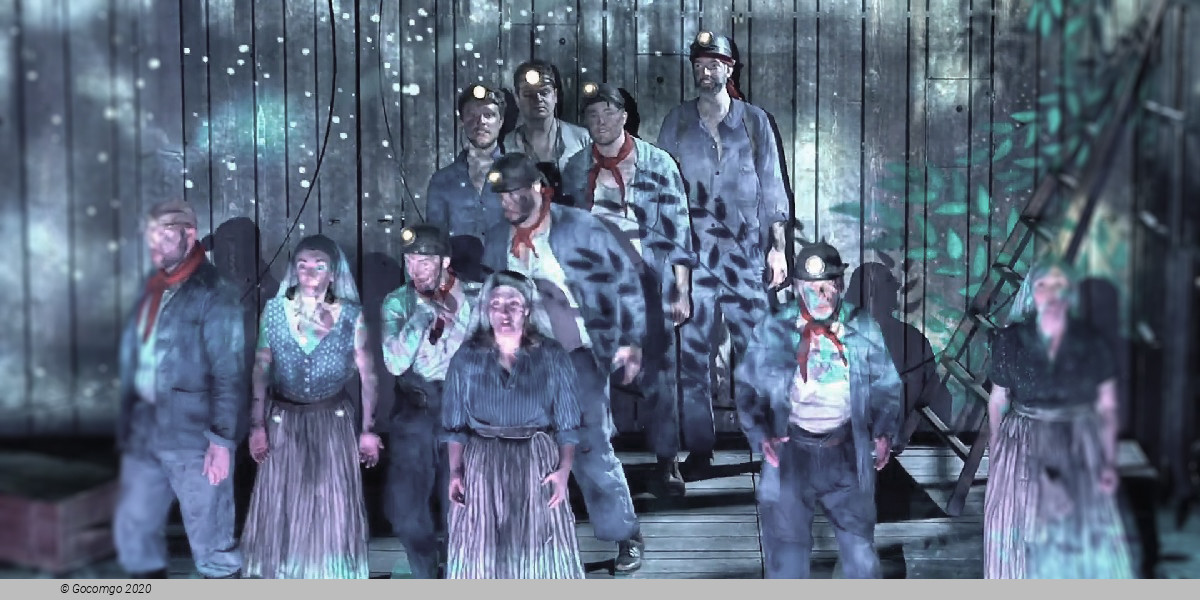Venues in Lyon

Lyon or Lyons is the third-largest city and second-largest urban area of France. It is located at the confluence of the rivers Rhône and Saône.
Since the Middle Ages, the region residents have spoken several dialects of Franco-Provençal. The Lyonnais dialect was replaced by the French language as the importance of the city grew. However some "frenchified" Franco-Provençal words can also be heard in the French of the Lyonnais, who call their little boys and girls "gones" and "fenottes" for example.
The Lumière brothers pioneered cinema in the town in 1895. The Institut Lumière, built as Auguste Lumiere's house, and a fascinating piece of architecture in its own right, holds many of their first inventions and other early cinematic and photographic artifacts.
8 December each year is marked by the Festival of Lights (la Fête des lumières), a celebration of thanks to the Virgin Mary, who purportedly saved the city from a deadly plague in the Middle Ages. During the event, the local population places candles (lumignons) at their windows and the city of Lyon organizes impressive large-scale light shows onto the sides of important Lyonnais monuments, such as the medieval Cathédrale St-Jean.
The Saint Francis of Sales church is famous for its large and unaltered Cavaillé-Coll pipe organ, attracting audiences from around the world.
The Opéra Nouvel (New Opera House) is the home of the Opéra National de Lyon. The original opera house was re-designed by the distinguished French architect Jean Nouvel between 1985 and 1993 and is named after him.
Lyon is also the French capital of "trompe l'œil" walls, a very ancient tradition. Many are to be seen around the city. This old tradition is now finding a contemporary expression, for example in the art of Guillaume Bottazzi.
The Brothers of the Sacred Heart, a Roman Catholic congregation that operates schools in Europe and North America, was founded in Lyon in 1821.
The African Museum of Lyon is one of the oldest museums situated in Lyon.
The Museum of Resistance and Deportation looks at the various individuals prominent in the Resistance movement in World War II. The building is strongly linked to Klaus Barbie. Lyon sees itself as the center of the French resistance and many members
were shot in Place Bellecour in the town center. The exhibition is largely a series of mini-biographies of those involved.
The unusual project Lyon Dubai City, a reproduction of some districts of Lyon in Dubai, is a major point for tourism in Lyon.
Lyon is a pilot city of the Council of Europe and the European Commission Intercultural cities program.
UNESCO World Heritage Site
The Historic Site of Lyon was designated a UNESCO World Heritage Site in 1998. In its designation, UNESCO cited the "exceptional testimony to the continuity of urban settlement over more than two millennia on a site of great commercial and strategic significance." The specific regions comprising the Historic Site include the Roman district and Fourvière, the Renaissance district (Vieux Lyon), the silk district (slopes of Croix-Rousse), and the Presqu'île, which features architecture from the 12th century to modern times. Both Vieux Lyon and the slopes of Croix-Rousse are known for their narrow passageways (named traboules) that pass through buildings and link streets on either side. The first examples of traboules are thought to have been built in Lyon in the 4th century. The traboules allowed the inhabitants to get from their homes to the Saône quickly and allowed the canuts on the Croix-Rousse hill to get from their workshops to the textile merchants at the foot of the hill.


